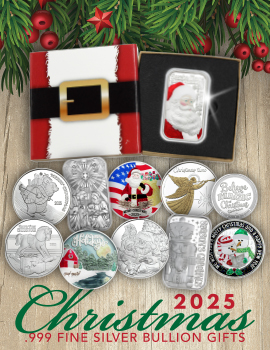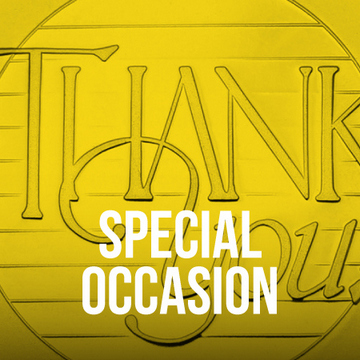
It was all the way back in 1792 that the historic Coinage Act was passed, establishing a mint and regulating coins of the United States. However, it was not until 1793 that the first official coins from the United States Mint were produced. With that said, that is why this next entry in our blog series covering Whitman Publishing’s fourth edition of their popular 100 Greatest United States Coins publication can be a bit tricky to categorize. Some call it a coin, others call it a pattern, and some just call it whatever is in between. With help from author Jeff Garrett, we will delve a little deeper into this top 12 pick and hope to gain some more insight into where exactly this strike falls.
#12 - 1792 Half Disme
Struck in the cellar of a saw maker named John Harper, United States Mint employees struck around 1,500 half dismes to help develop American coinage. The tiny silver pieces have a number of stories behind them, including that President George Washington himself provided his own silver to be turned into half dismes. The yield from this supply was said to have been enough to give to his friends, family members, government officials, and those individuals who were deemed important.
One of the most important stories surrounding the pieces is the speculation as to what they actually are. Many suggest that the half disme is a pattern coin as they are usually struck in small, limited quantities to test how a design will appear on a coin. However, with a mintage of around 1,500, the 1792 half disme is thought to be more than just a pattern but the idea that they were struck outside of the Mint backtracks this theory as no other half disme was stuck until 1794. They also were not monetized like most “official” coins are. Circling back around though, the coins did circulate as Washington noted in his message to Congress in December of 1792. Pair that with the fact that most of the coins showed wear, it can be assumed that the coins were indeed regular strikes.
Another way to approach the speculation, as pointed out by author Jeff Garrett, is that there is a rare existence of a 1792 half disme struck in copper. This piece points to the testing of the design and the striking quality, furthering that the 1,500 that were struck in silver were indeed real coins.
A few of the half dismes from 1792 appeared to have been in excellent, gem quality with some appearing to have a proof-like finish. These pieces are specifically thought to be presentation coins given to VIPs or to George Washington himself.
In 1960, the 1792 half disme was valued at $500 for a Very Fine condition. By this fourth edition, published in 2015, the value climbed to $85,000.







